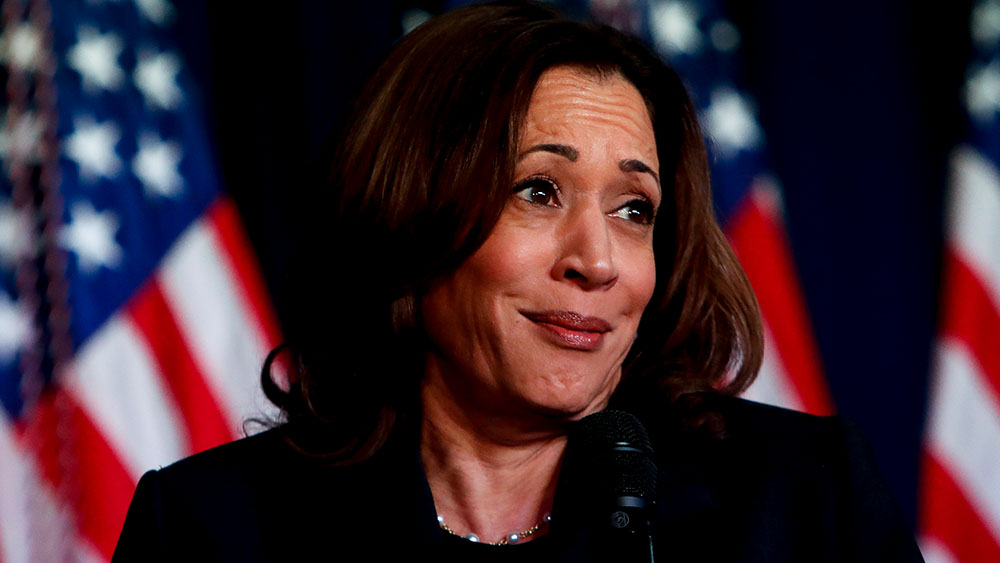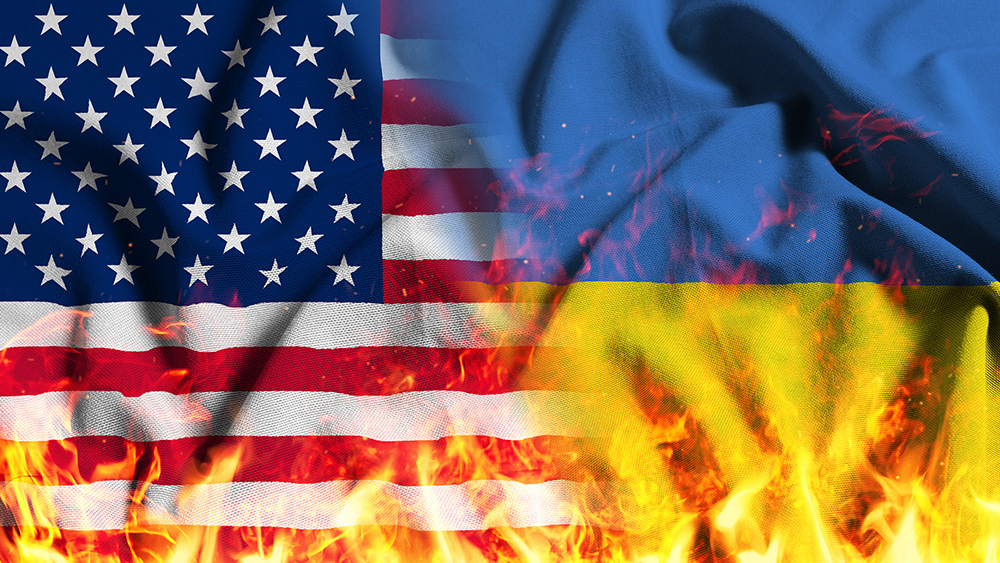 Parler
Parler Gab
Gab
Deployment of Tomahawk and hypersonic missiles to increase nuclear tensions
Just as the 1980s Euromissile crisis dramatically increased nuclear tensions by moving strike systems to within a few minutes' flight time of Moscow, which meant that Soviet officials would have only moments to identify, analyze and respond to a possible enemy attack, Kwiatkowski expects the planned 2026 deployment to raise the specter of an irreversible nuclear escalation in a similar manner. The deployment will heighten regional tensions "not only between NATO and its target adversaries, but also between the people in Europe and their own governments and the European Parliament," she said. The fears in Moscow during the Euromissile crisis were not mere paranoia. In November 1983, the Soviet military put its nuclear forces on hair-trigger alert in preparation to respond to NATO aggression after the alliance kicked off its Able Archer war games, which simulated an all-out attack on the USSR. NATO did not recognize the seriousness of the nuclear danger caused by its provocations until many years later. If the U.S. proceeds with the missile deployment two years from now as planned, it is uncertain what kinds of security crises such a step could foster, especially in light of the Western alliance’s 1,000 km eastward advance toward the Russian border through NATO expansion, the ongoing, highly dangerous and escalatory proxy war in Ukraine and Pentagon scheming with its so-called Prompt Global Strike (Conventional Prompt Strike) initiative. This initiative envisions a massed conventional missile attack against strategic adversaries to decapitate their leadership and eliminate as much of their nuclear potential as possible – a concept far more dangerous than anything conceived during the Cold War. The Soviet Union and the United States signed the Intermediate-Range Nuclear Forces Treaty in 1987 to eliminate land-based nuclear weapons platforms in the 500-5,000 km range, with the agreement designed to reduce nuclear risks in Europe. Washington pulled out of that agreement in 2019 and immediately resumed the testing and development of a new range of long-range ground-launched missiles. Visit RussiaReport.news for similar stories. Watch this video of an interview with international relations and Russian affairs expert Gilbert Doctorow explaining how the Kremlin will respond to any direct attack by the West.More related stories:
Russia claims U.S.-led peace talks with Ukraine merely a DECOY to distract from West’s main goal of destroying Moscow. Russia informs U.S. ambassador "We are no longer at peace" in chilling message following Crimea attack carried out with U.S.-made weapons. Russia blames the U.S. for Ukrainian missile attack on Crimea. Sources include: SputnikGlobe.comPETER MURPHY: A Kamala Harris presidency is the stuff of nightmares
By News Editors // Share
Only a failing US empire would be so blind as to cheer Netanyahu and his genocide
By News Editors // Share
Kamala Harris loves transgender child mutilation and other degenerate LGBT perversion
By Ethan Huff // Share
Governments continue to obscure COVID-19 vaccine data amid rising concerns over excess deaths
By patricklewis // Share
Tech giant Microsoft backs EXTINCTION with its support of carbon capture programs
By ramontomeydw // Share
Germany to resume arms exports to Israel despite repeated ceasefire violations
By isabelle // Share










